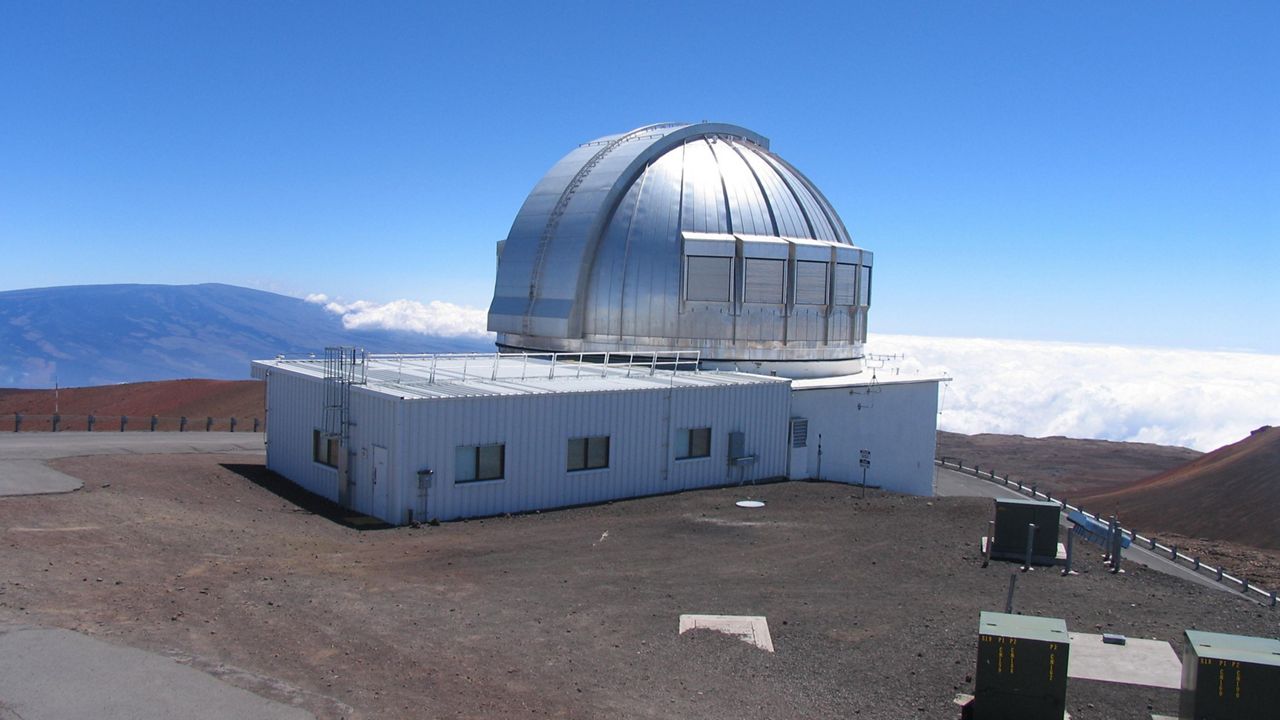HONOLULU — The University of Hawaii’s Applied Research Laboratory is developing new technologies to detect bombs and bullets left by the U.S. military in oceans around Hawaii after World War II.
Since the mid 1940s, the munitions have been corroding on the ocean floor, potentially posing a risk to swimmers.
"Around the end of World War II, there were a lot of excess, obsolete and damaged bombs here in Hawaii,” said Margo Edwards, director of ARL at UH, in a statement. “And the way we disposed of them was dumping them in the ocean. So we’re trying to find the things that were dumped in the ocean decades ago.”
Researchers estimate Hawaii’s sea floor is littered with more than 100,000 munitions, with some found in popular areas like Kaneohe Bay and Lanikai Beach.
The new technology meant to detect munitions uses advanced ocean platforms and sensor payloads. Over the summer, ARL team members tested their approach from an uncrewed surface vessel at Sand Island.
“We have some ocean sensors that are connected with our Mini Sondes or MiSos that are collecting ocean temperature, ocean pressure, sound speed and supply voltage,” said Joshua Baghdady, a research engineer at ARL at UH. “They're feeding back to our ground station in near real-time.”
The project brings together the ARL with high school students, who are learning to use new detection technologies and how to create underwater maps.
“We want to create maps of the area around Oahu so we can tell people where there might be a hazard, so that's one thing,” said Edwards. “But the second part that you'll see looking at this team is we're training the next generation of people to be able to do this work.”











